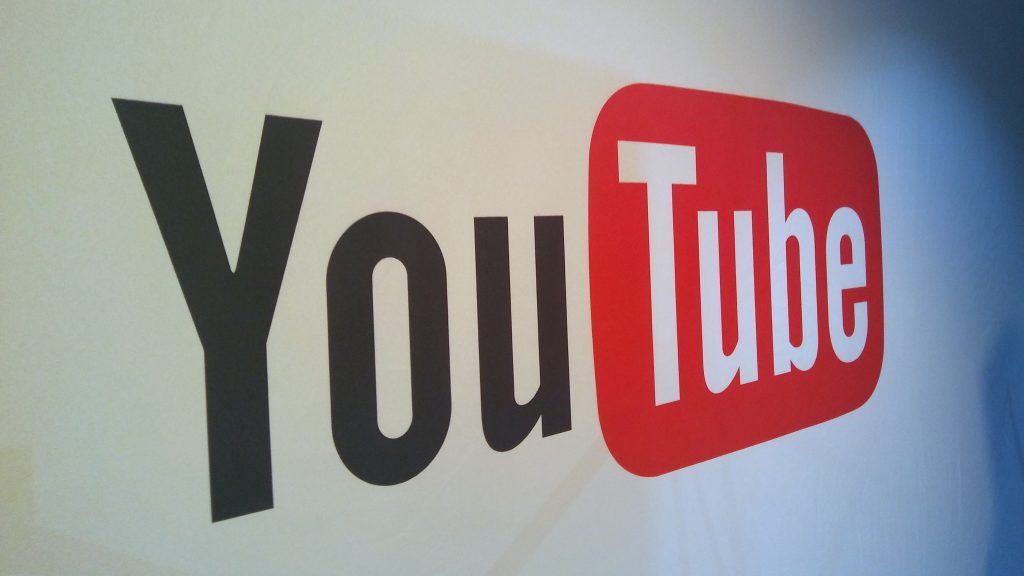One of the many boogeymen on YouTube is Content ID. This system gives copyright owners a simple way to find and manage any content they own on as it exists on YouTube.
The trouble with Content ID is that it can, and has been abused in the past so much so that creators have learned to work around the system. For many years this has been anecdotal but following the publication of YouTube’s first Copyright Transparency Report, we can see just how big of an influence Content ID has on the wider creator space.
YouTube has many ways in which copyright owners can lay claim to a video on YouTube, but 99.08 percent of claims come through Content ID.
“As the report notes, we see low levels of disputes relative to total claims, particularly within tools that use automatic detection. In the first half of 2021, fewer than 1% of all Content ID claims were disputed,” writes the YouTube Team.
That figure is actually well below one percent at 0.5 percent of claims being disputed. Of the over 700 million Content ID claims made, just over three million were disputed.
‘Cause it’s one, two, three strikes you’re out
The topic of Content ID is a complex one because copyright owners do by definition have a right to the content that is being used by creators. Many copyright owners disregard Fair Use laws which many creators rely on to make their content shine.
However, we can’t ignore that the licensing of content or obtaining permission to use the content from the rights holder is a way to work around Content ID. While this can be a messy process and isn’t always successful, it can present a viable work around.
The problem is that Content ID doesn’t discriminate between a three second clip of a movie used in a review and somebody trying to upload a full movie to the platform.
Copyright owners have three options available to them when Content ID flags a piece of content:
- Block – video cannot be viewed.
- Monetise – keep the video online and potentially share revenue with a creator.
- Track – keep tabs on the video’s viewership stats.
Two of those are rather bad for the creator as it can prevent a creator from flighting a video containing an advert or take advertising revenue earned via AdSense away from the creator which many YouTubers rely on.
While YouTube has ways for content creators to dispute claims made on their content, from the figures above it’s clear that creators aren’t disputing the claims.
How are creators getting around this? From our experience it’s easy enough to identify the content that prompts the claim and as such, you can remove that content and reupload it to YouTube before it receives a single view.
Why do creators work like this? The simple answer is that disputing a Content ID claim is fraught with problems including potentially receiving a copyright strike. A copyright strike is usually the final step a copyright owner will take when getting content removed and three strikes can lead to channel termination and creators have to work through a process it has created in order to address the strike.
Before that happens it’s just easier to remove the offending video and start again.
With all of this having been said, of the over three million claims that were disputed, 60 percent of those disputes were resolved in the video uploader’s favour.
What this tells us then is that more creators should dispute Content ID claims if they believe that the content falls within the bounds of Fair Use laws or that they have permission to use the content.
YouTube is clearly working hard behind the scenes to insure the platform is fair and this Copyright Transparency Report helps us see that a little more clearly.
If you’re a creator on YouTube we highly recommend giving the full Copyright Transparency Report a read here.

